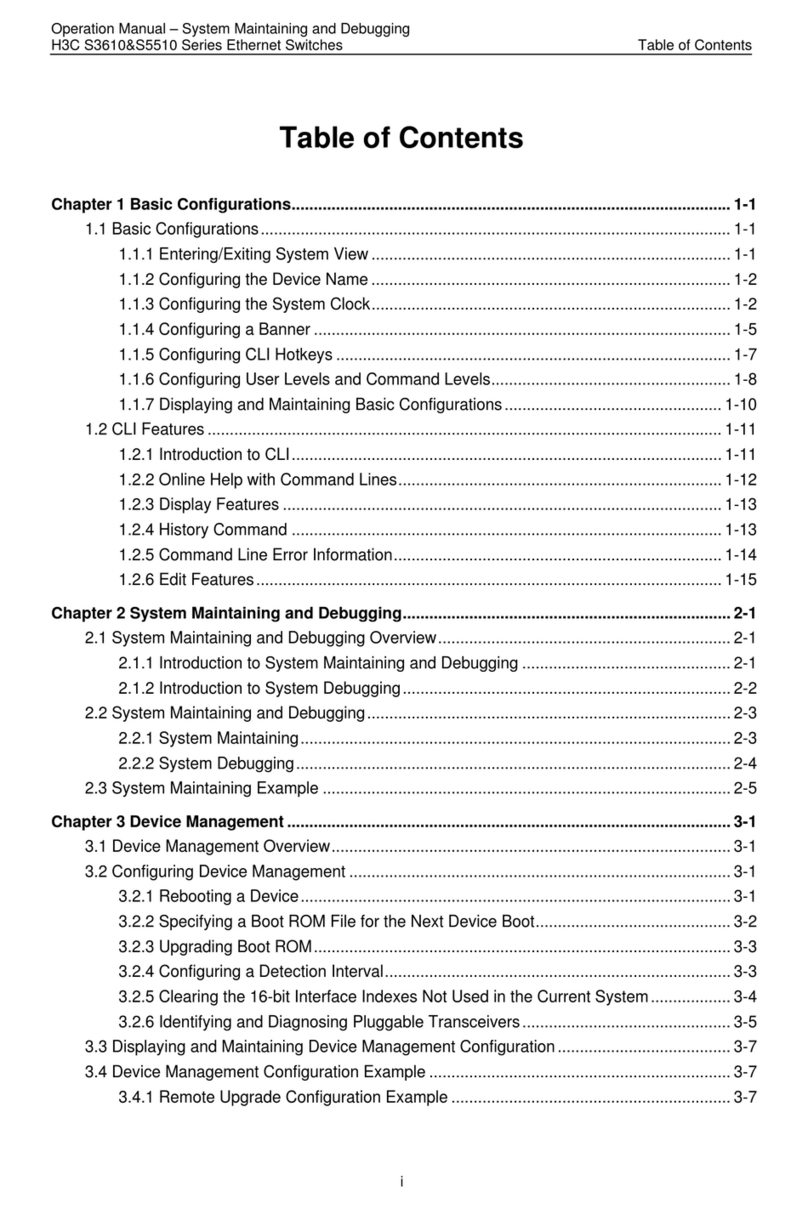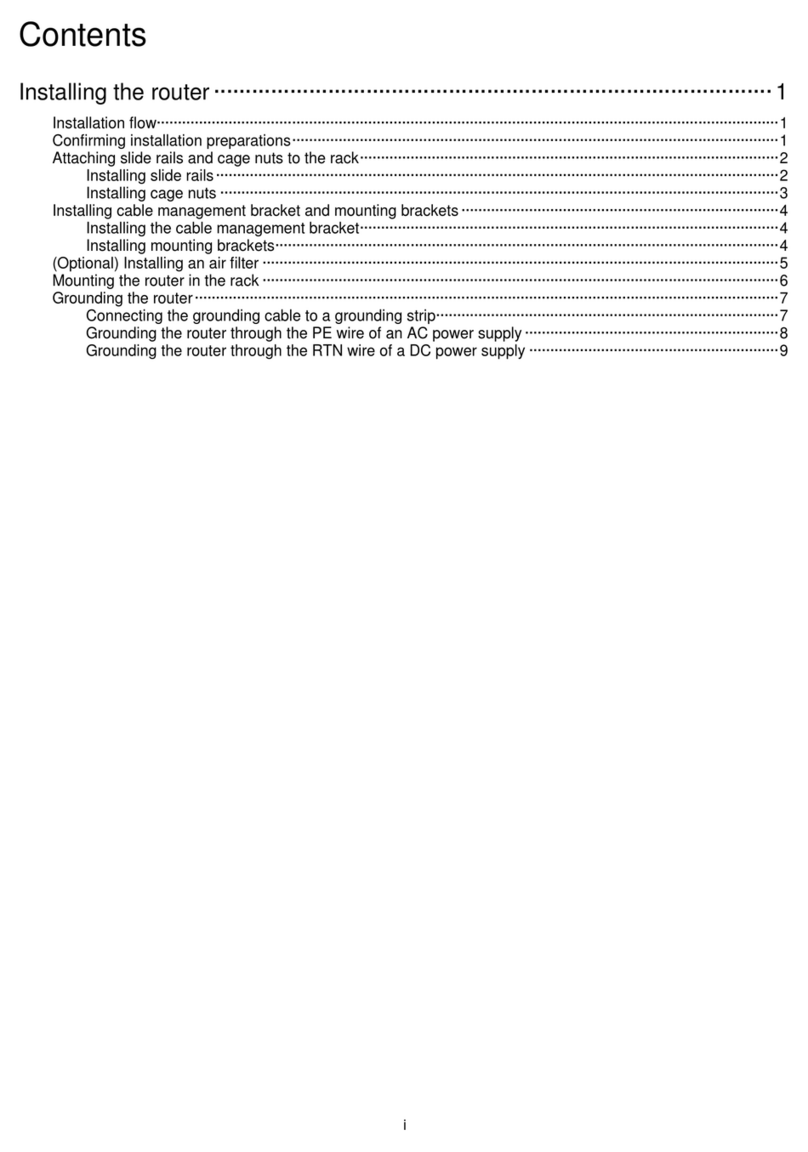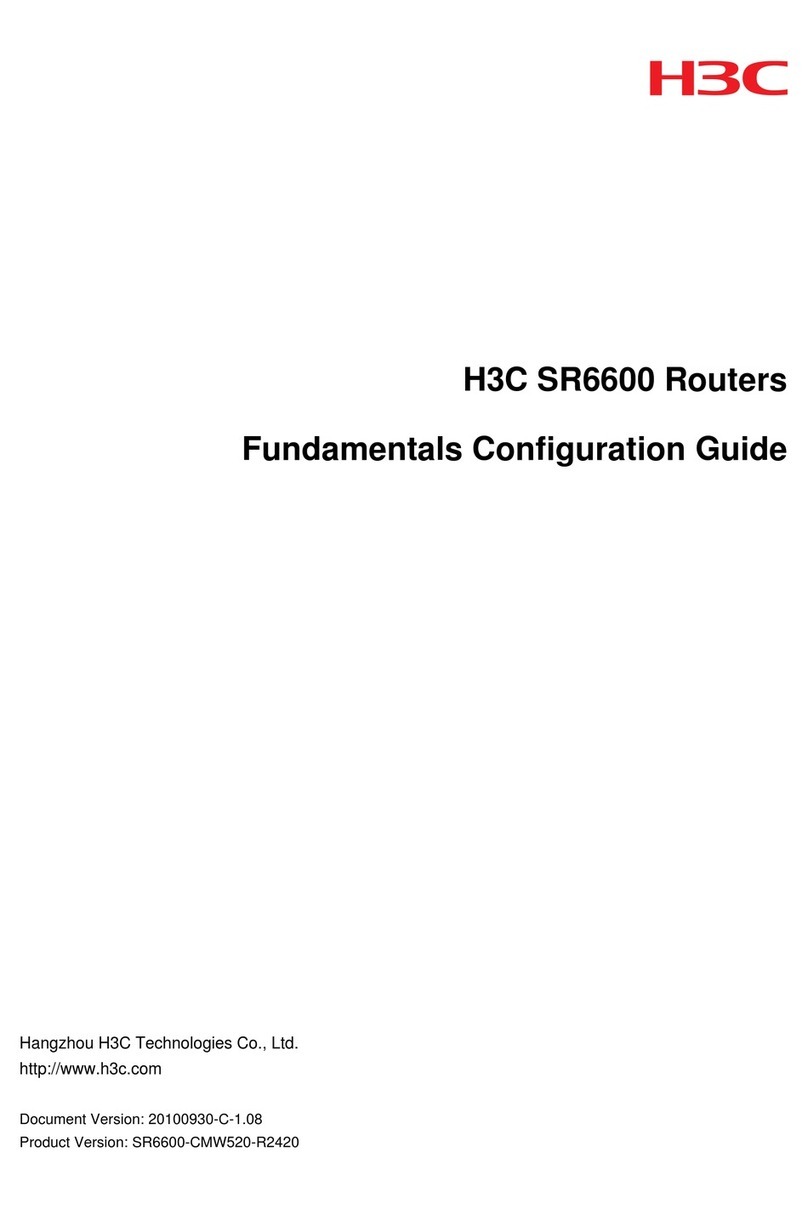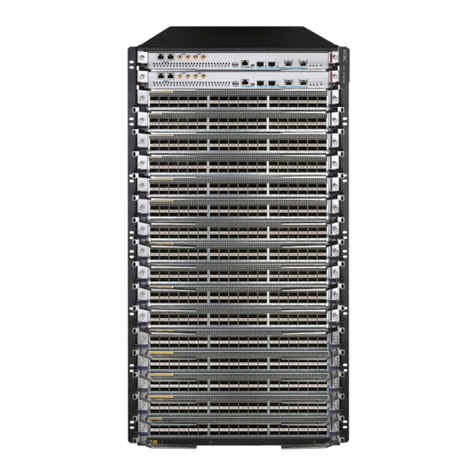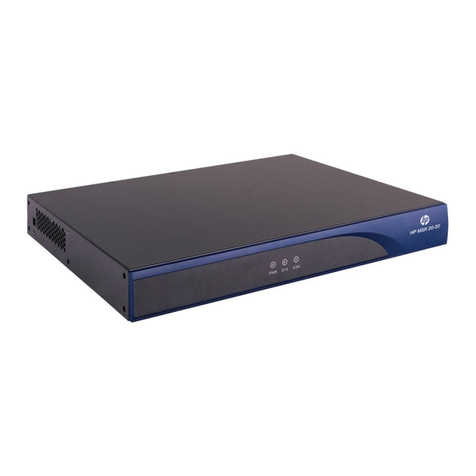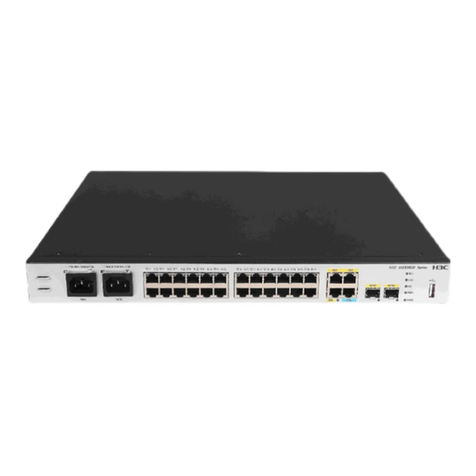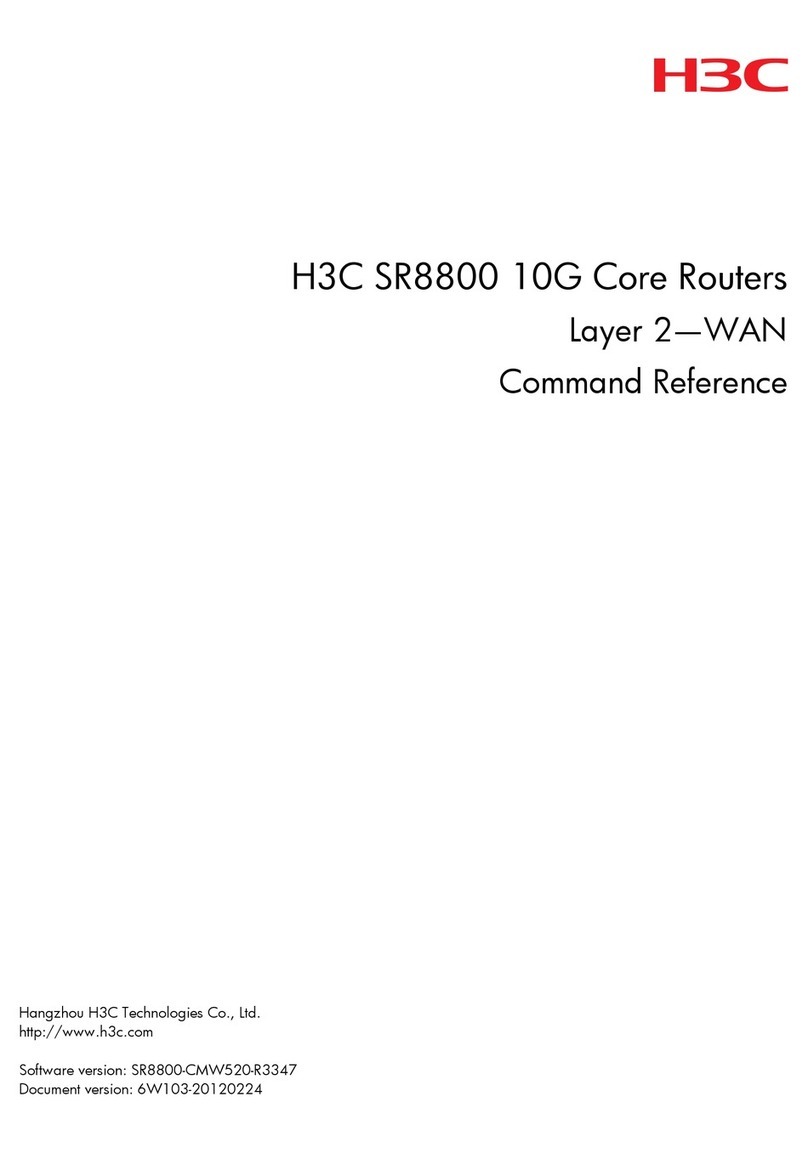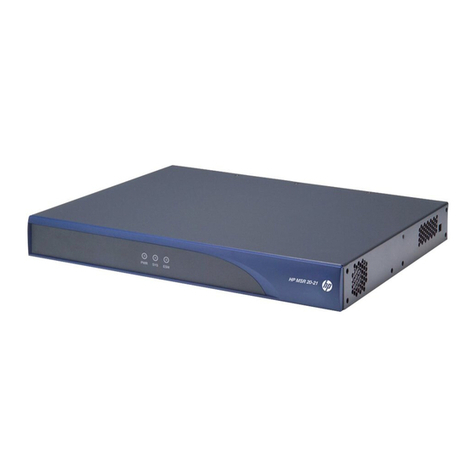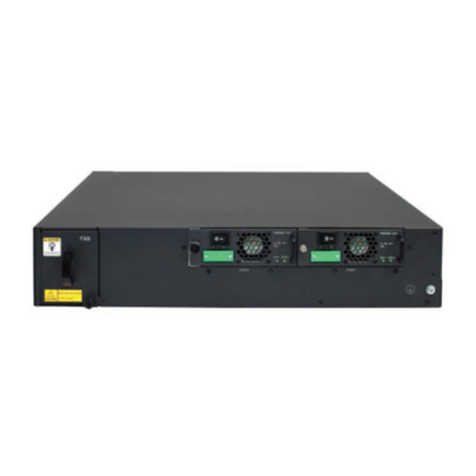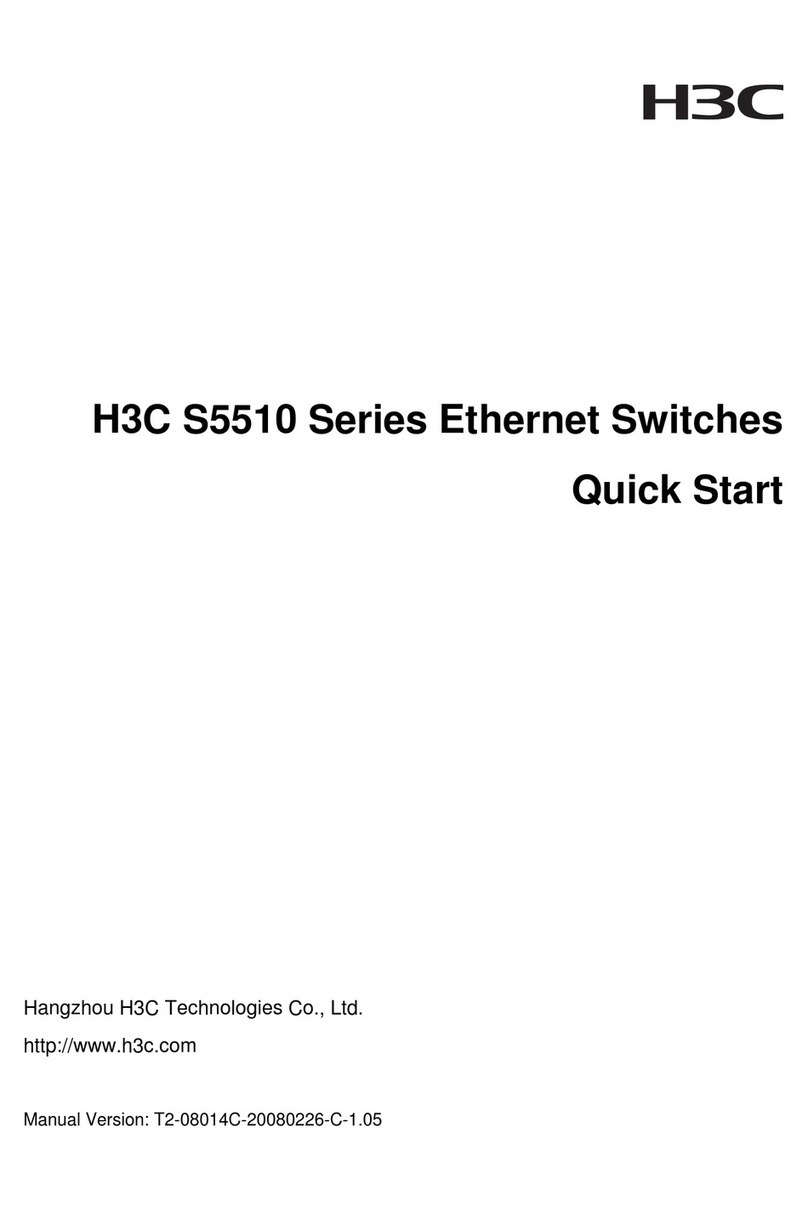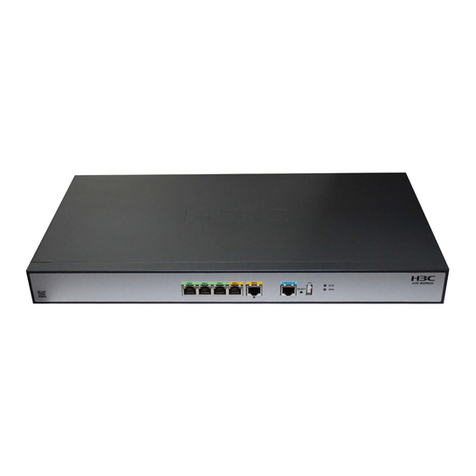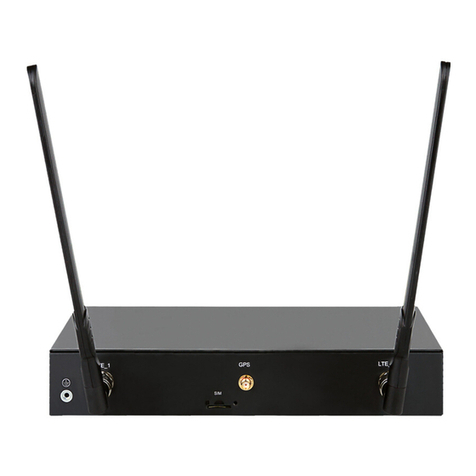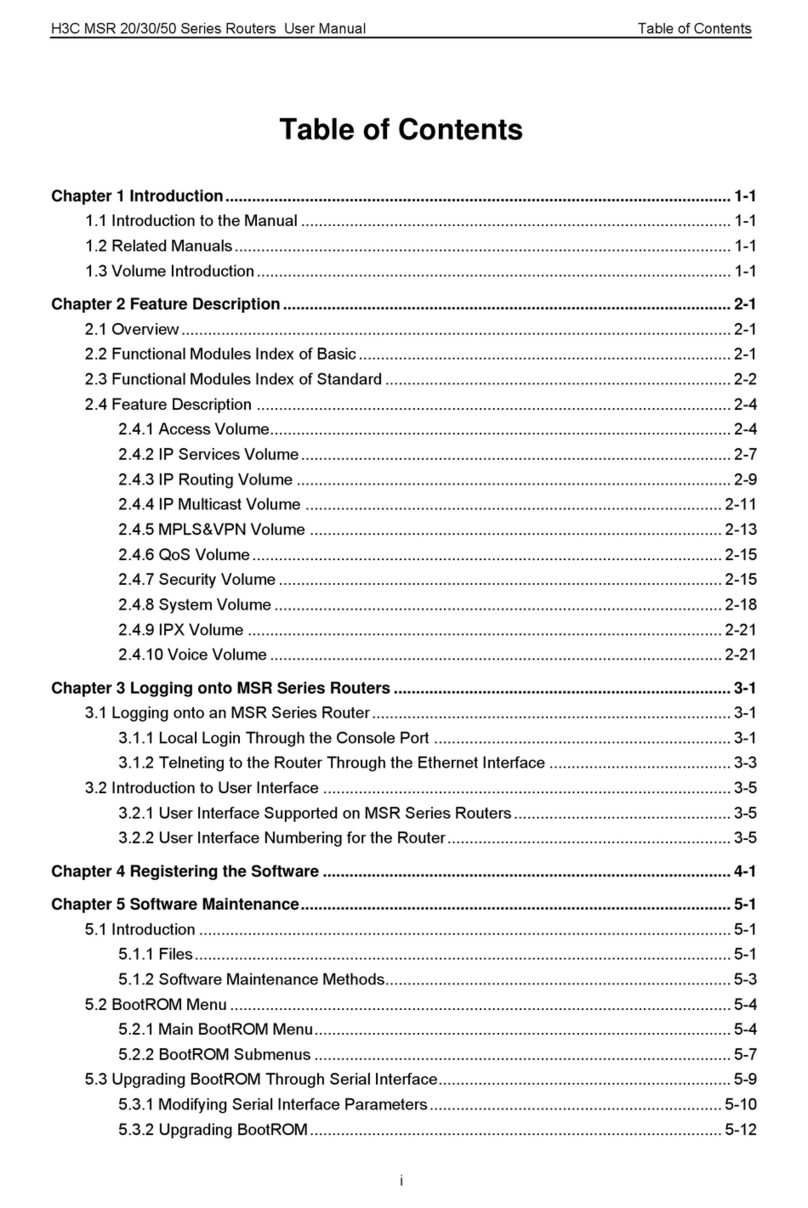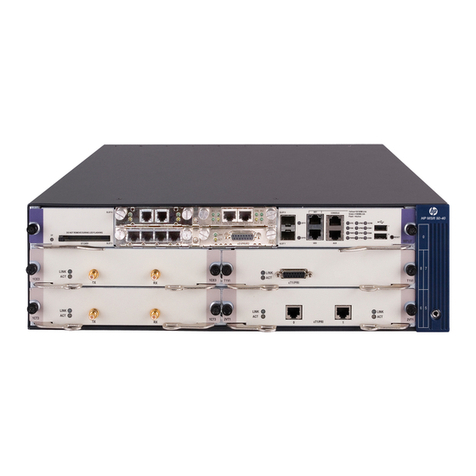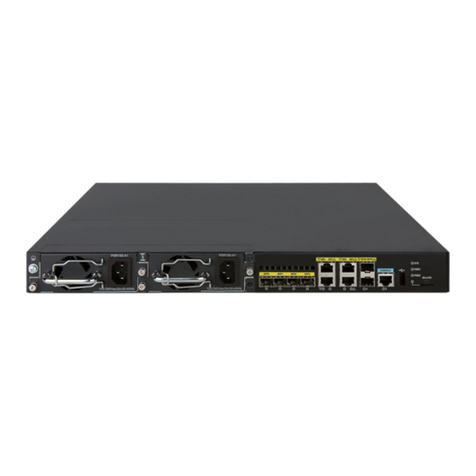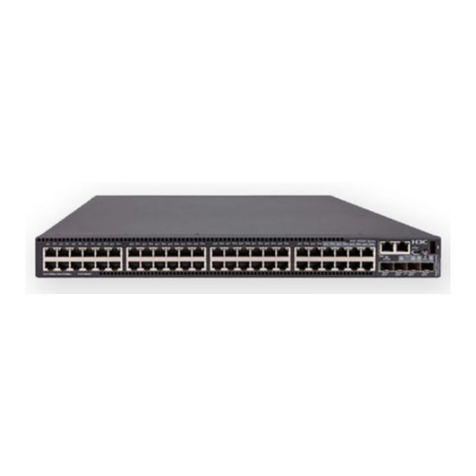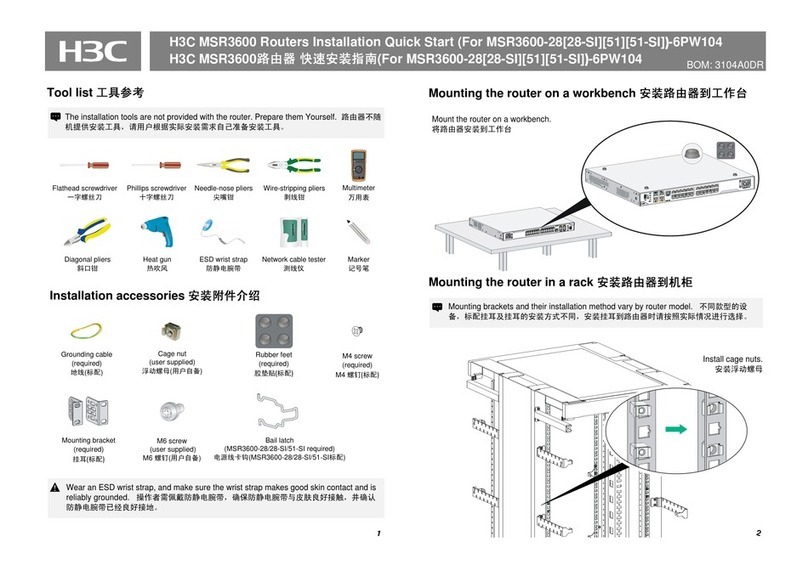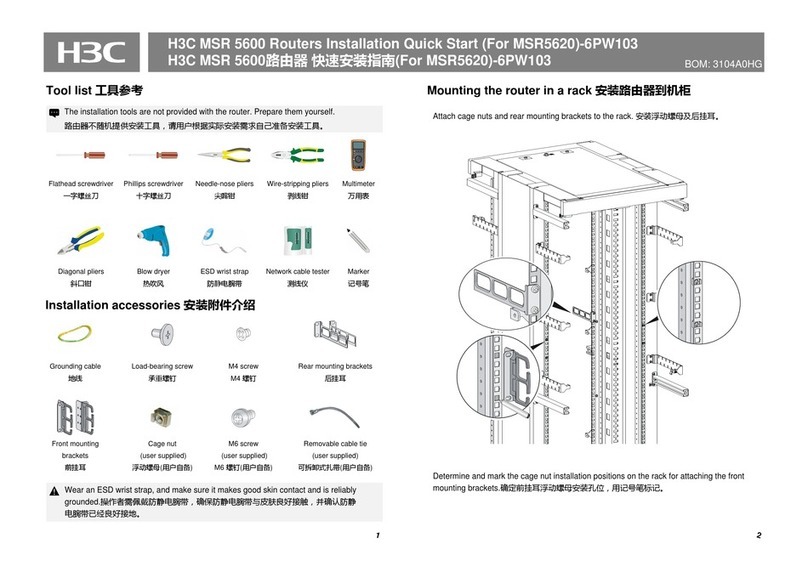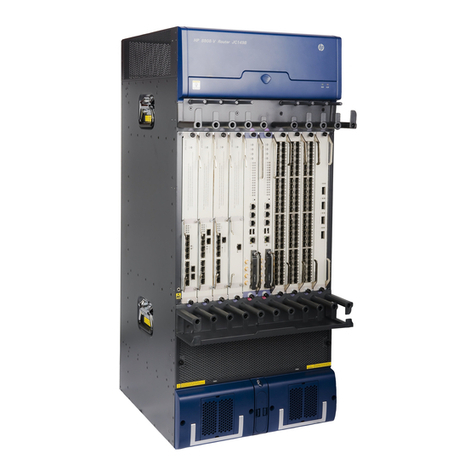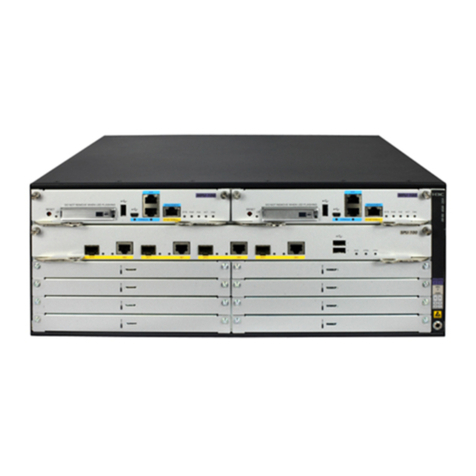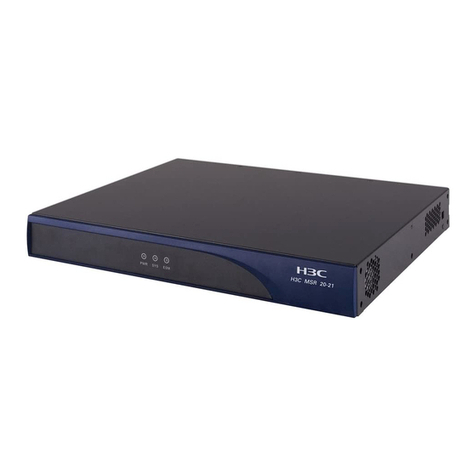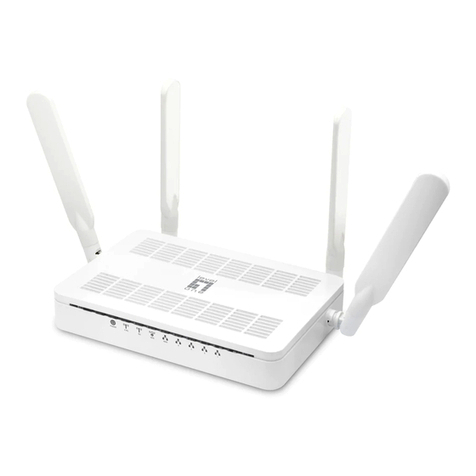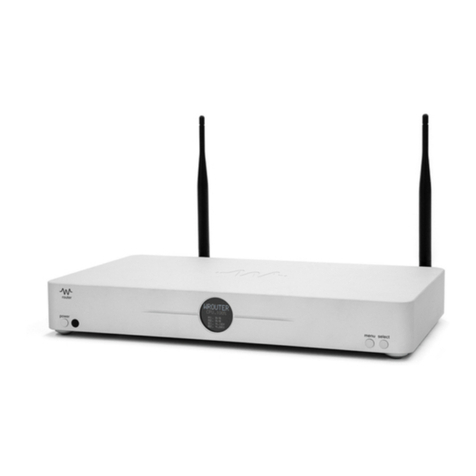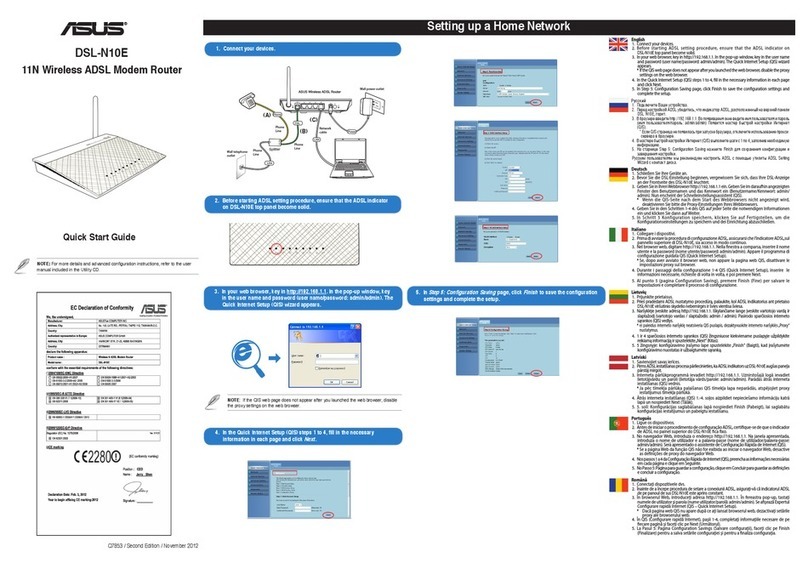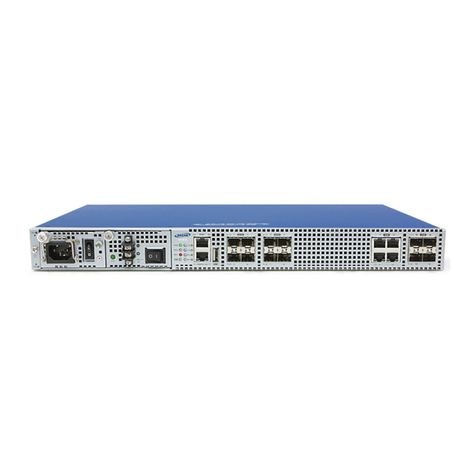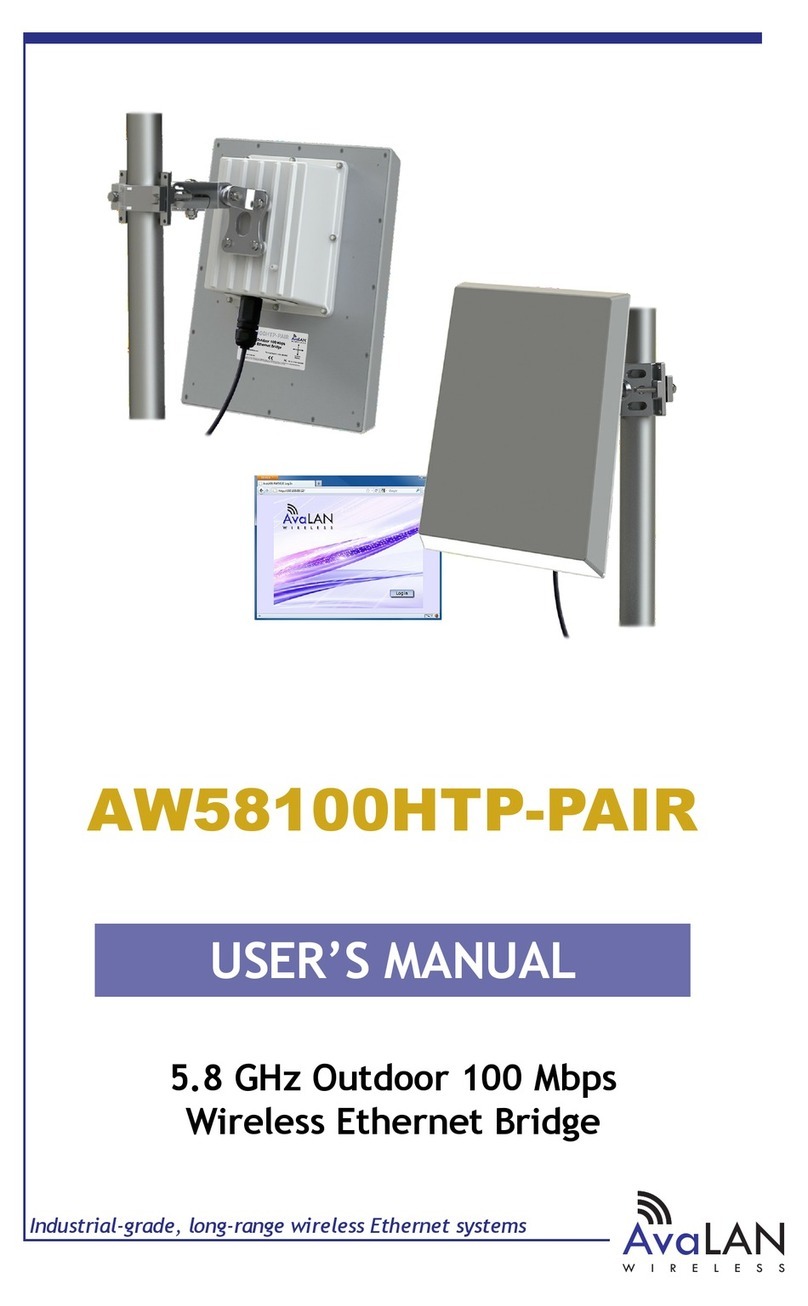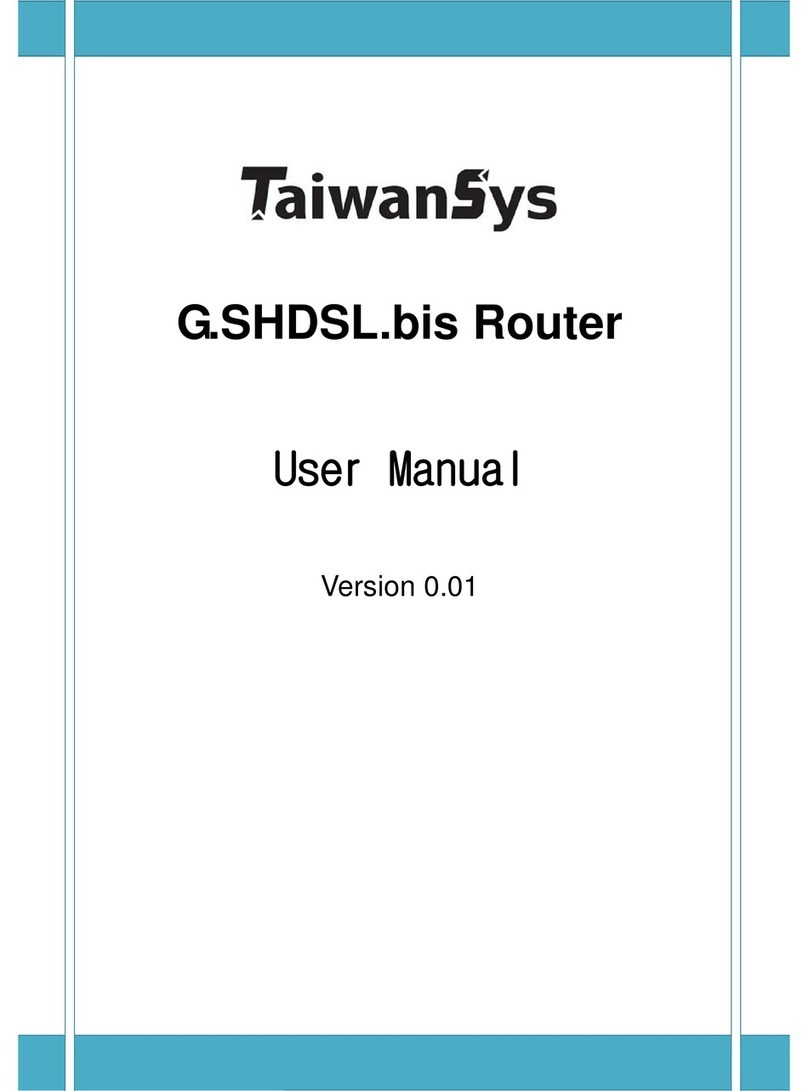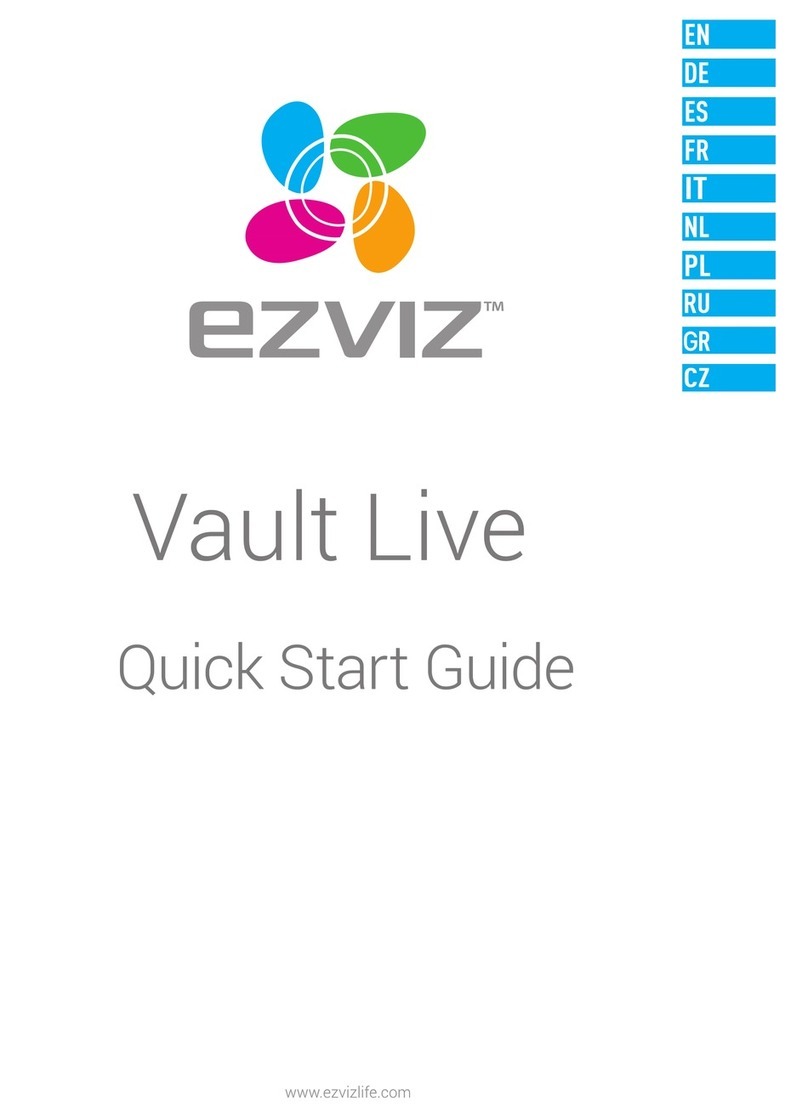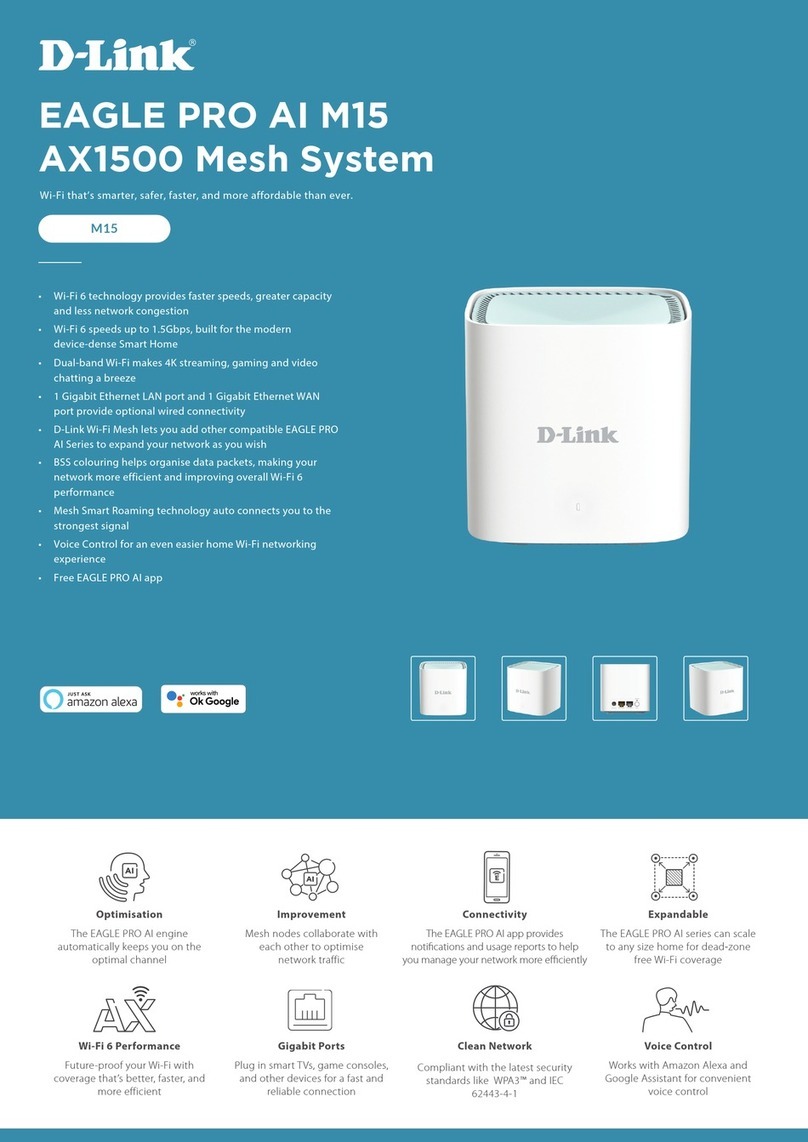
Operation Manual – Information Center
H3C S5500-EI Series Ethernet Switches Chapter 1 Information Center Configuration
1-2
Table 1-1 Severity description
Severity Severity value Description
emergencies 0 The system is unavailable.
alerts 1 Information that demands prompt reaction
critical 2 Critical information
errors 3 Error information
warnings 4 Warnings
notifications 5 Normal information that needs to be noticed
informational 6 Informational information to be recorded
debugging 7 Information generated during debugging
Information filtering by severity works this way: information with the severity value
greater than the configured threshold is not output during the filtering.
zIf the threshold is set to 0, only information with the severity being emergencies will
be output;
zIf the threshold is set to 7, information of all severities will be output.
III. Ten channels and six output destinations of system information
The system supports six information output destinations, including the console, monitor,
logbuffer, loghost, trapbuffer, and SNMP.
The system supports ten channels. The channels 0 through 5 have their default
channel names and are associated with six output destinations by default. Both the
channel names and the associations between the channels and output destinations
can be changed through commands.
Table 1-2 Information channels and output destinations
Information
channel number Default channel
name Default output destination
0 console
Console (Receives log, trap and debugging
information)
1 monitor
Monitor terminal (Receives log, trap and
debugging information, facilitating remote
maintenance)
2 loghost
Log host (Receives log, trap and debugging
information and information will be stored in
files for future retrieval.)
3 trapbuffer
Trap buffer (Receives trap information, a
buffer inside the router for recording
information.)




















